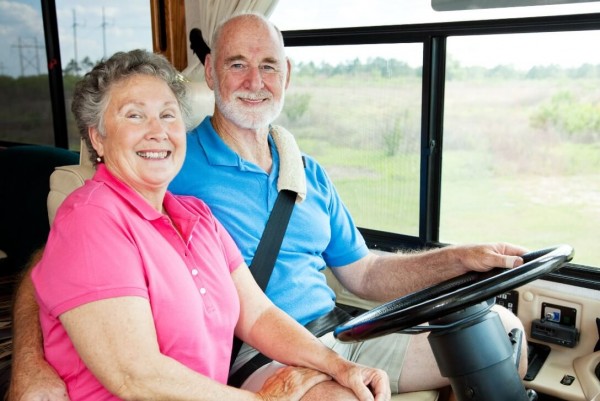For many hospital teams it’s been an unprecedented year of doing much more, with much less. And as the Christmas and summer holidays approach, more of the same is expected.
Anyone who has managed or worked in an emergency department over the Christmas and summer holidays knows all too well it is a stressful time for both Australians needing care and those delivering care. Higher than normal presentations together with reduced public access to medical services like GPs, specialists and outpatient services leave hospital teams and facilities stretched. It also means the hospital emergency department becomes, more than ever, the default option for people needing urgent care.
However, these holidays are different and the usual staffing challenges for regional emergency departments and health services are likely to be further stretched this year.
Why? Like the rest of us, medical officers are deservedly pouncing on their first chance to take leave at the same time that the rest of the country is projected to turn to intra and interstate travel in record numbers for family getaways. Simply, at this time, there will be more demand than ever with care to be provided by fewer clinicians than ever.
These unique factors are compounding the perennial challenges faced by emergency departments–attracting sufficient FACEMs to cover shifts; delivering quality care while managing costs; not knowing how many presentations they will face; and ensuring people needing urgent care are not waiting longer than they need to.

Image: Australians are set to be travelling domestically to regional areas in record numbers this Christmas
If COVID has taught us anything, it is that thinking differently is a necessity to solve dire problems. Not only that, but when push comes to shove, Australia has shown that it can think differently and we can deploy the necessary actions quickly.
For example, up until this year, it was an accepted part of life to receive healthcare in a face-to-face setting. But that has changed dramatically.
This year millions of Australians received critical technology-enabled health care services. Individually, many of us grew to understand and feel comfortable with phone and video calls to GPs while on a larger scale, the first virtual hospital ward in Australia was delivered remotely. The success of these initiatives has encouraged wider uptake of telemedicine not just for patients that live in rural and remote areas, but for those who live in metropolitan areas as well.
This shift in thinking has helped breakdown longstanding beliefs about how emergency departments can be staffed. Until now, the only way to manage a hospital emergency department roster over Christmas and summer was to build a roster of skeleton staff, who are most likely tired and exhausted, and hire a locum to fill the gaps. That is of course, if hospital administrators can even source a locum. This solution is costly and fraught with uncertainty.
Just as technology has helped alleviate primary care and allied health woes in the pandemic, technology can now deliver access to specialist emergency physician care when it’s needed most. On-duty doctors and nurses can now be connected to senior clinical decision makers—our FACEMs—to provide the supervision and support that they would traditionally provide to the team as if they were physically there with them.
One example of this support is a board round with a FACEM on video call, connected to hospital system – possible at any time of the day or night.
We know that all of this is possible because My Emergency Doctor has been helping regional health services, hospitals, residential aged care facilities and ambulance services across Australia with our FACEM-led emergency telemedicine solution since 2016.
Through technology, hospitals now no longer need struggle to access specialist emergency physicians to provide round-the-clock, quality emergency care. With specialists available 24 hours a day, seven days a week, access to expert emergency care when you need it most, is possible.
We know that medical staffing challenges in the emergency department don’t have to happen. We’ve been solving workforce shortages for years with the largest team of FACEMs in Australia outside the public system, supported by technology which allows us to integrate with health service systems and interact with staff and patients as if we are working on site right there with you.
If a staffing crisis is concerning you right now, ask us how we can help you care for your community and medical workforce this Christmas and summer by visiting www.myemergencydr.com/christmas
Bill Maiden is Chief Executive Officer of My Emergency Doctor. He has 20 years of experience working in consulting, investment and executive roles across industries spanning healthcare, software, manufacturing, mining and energy. He is an alumnus of Harvard Business School.
Bill is passionate about building a culture of care that encompasses a holistic approach to wellness, whereby care delivery for patients starts with healthy, strong and connected teams and caregivers.